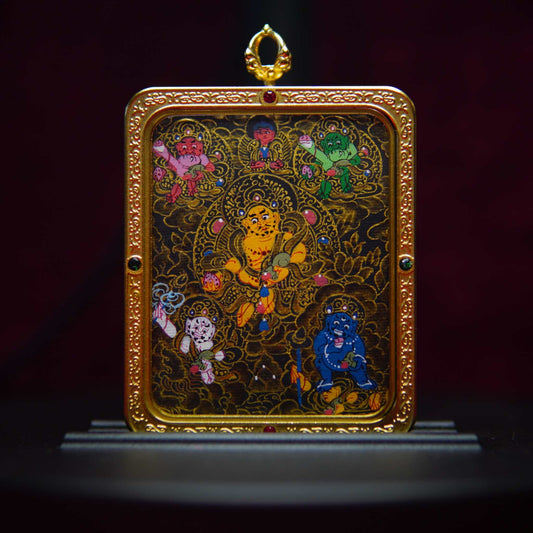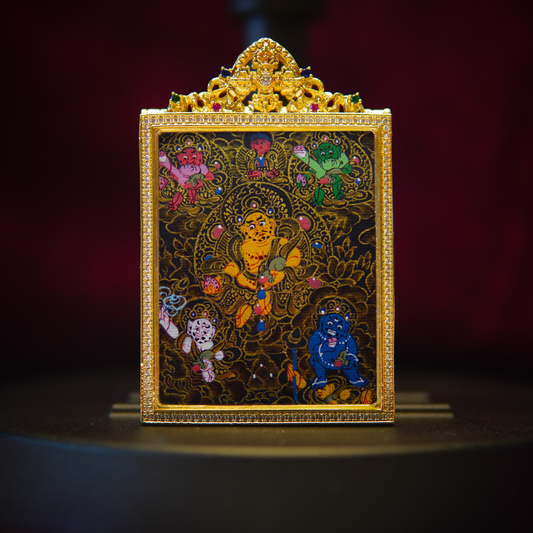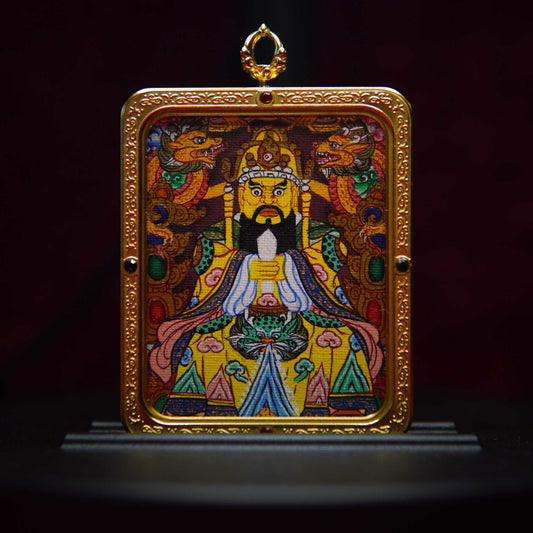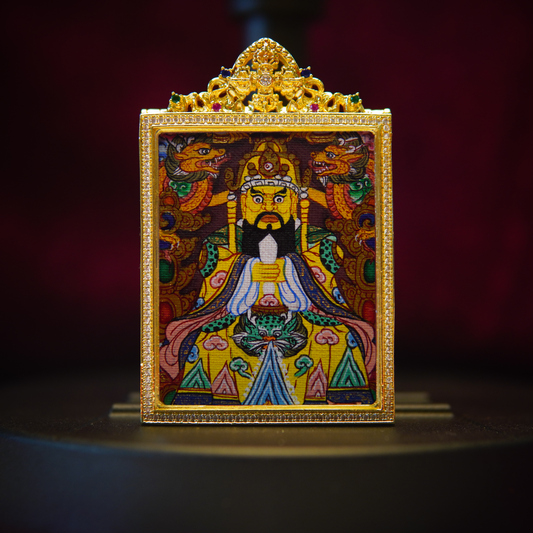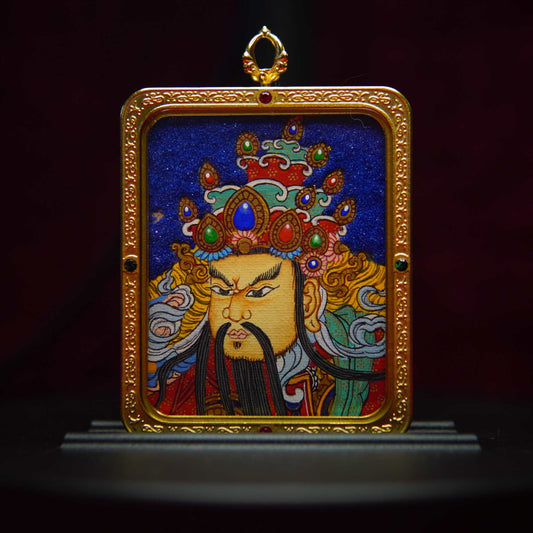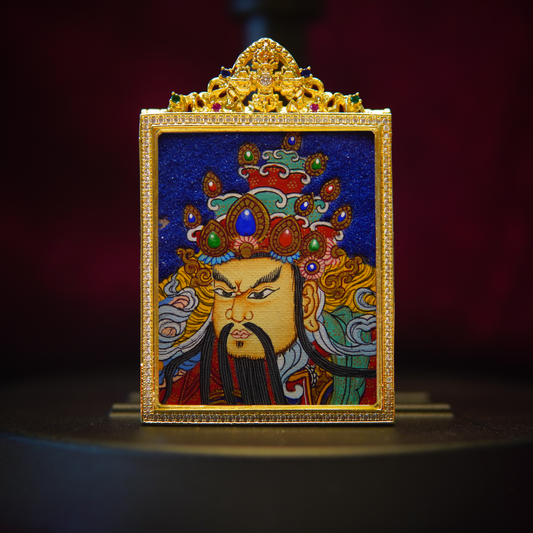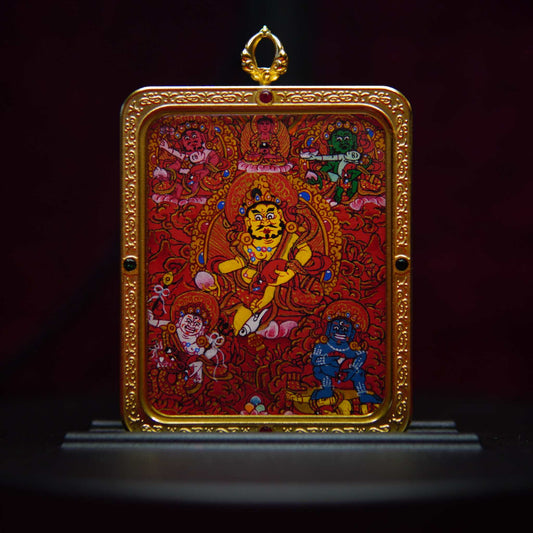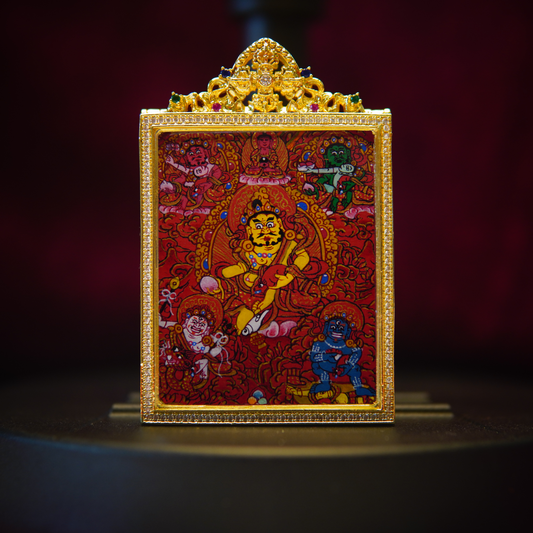Mystical Meanings: Discover the Secrets of Buddhist Statues
TapitaUnderstanding Buddhist Statues: The Embodiment of Spiritual Teachings
Buddhist statues, also known as Buddha rupas, are far more than decorative art pieces. These sacred objects serve as profound visual representations of Buddhist principles and teachings. For centuries, devotees have venerated these statues as physical embodiments of enlightened beings, each carrying unique symbolic significance. Whether displayed in temples, meditation spaces, or homes, Buddhist statues create a tangible connection to spiritual wisdom and compassionate energy.
Symbolic Language of Form and Posture
The meticulous craftsmanship behind Buddhist statues incorporates a sophisticated visual language. Every aspect—from hand gestures (mudras) to sitting positions—conveys specific spiritual concepts. The Dhyana mudra, with hands resting in the lap, symbolizes meditation and concentration, while the Abhaya mudra, with palm facing outward, represents protection and dispelling fear. These nuanced details transform each statue into a multidimensional teaching tool, allowing practitioners to absorb Buddhist wisdom through visual contemplation rather than solely through texts.
Many devotees find that the serene countenance of these statues serves as a powerful reminder to cultivate inner peace amid life's tumult. The statue's unwavering expression of tranquility becomes an aspirational archetype for the practitioner's own spiritual journey.
The Most Revered Buddhist Deities and Their Significance
The Buddhist pantheon encompasses numerous enlightened beings, each representing different aspects of awakened consciousness. Understanding these deities enriches one's appreciation of Buddhist statues and their profound spiritual symbolism.
Avalokiteshvara: The Embodiment of Infinite Compassion
Among the most beloved Buddhist deities is Avalokiteshvara (known as Chenrezig in Tibetan tradition), the bodhisattva of compassion. This transcendent being represents the perfect embodiment of karuna—universal compassion for all sentient beings. Avalokiteshvara statues often feature multiple arms, symbolizing the deity's boundless capacity to reach and assist countless beings simultaneously.
The Four-Armed Avalokiteshvara holds particular significance in Tibetan Buddhism, representing the four immeasurables: loving-kindness, compassion, empathetic joy, and equanimity. This powerful manifestation serves as a reminder of our innate capacity for boundless compassion.
The Four-Armed Avalokiteshvara pendant offered by Zendo Thangka beautifully captures the essence of this compassionate deity. Meticulously hand-drawn using traditional Tibetan artistic techniques, this pendant serves as both a spiritual talisman and an exquisite piece of wearable art. By carrying this sacred image close to your heart, you establish a continuous connection with Avalokiteshvara's compassionate energy—a gentle reminder to approach all situations with understanding and kindness.
Many practitioners report that wearing such sacred imagery helps them maintain mindfulness of compassionate principles throughout their daily activities, transforming ordinary moments into opportunities for spiritual practice.
Shakyamuni Buddha: The Historical Teacher
Statues of Shakyamuni Buddha—the historical Buddha who lived in the 5th century BCE—often depict him in meditation pose or teaching mudra. These representations honor the Buddha as the enlightened teacher who revealed the path to liberation. The characteristic features include the ushnisha (crown protrusion) symbolizing transcendent wisdom, elongated earlobes reflecting his noble birth and subsequent renunciation, and the urna (spiral between the eyebrows) representing spiritual insight.
Contemplating a Shakyamuni statue connects practitioners to the lineage of teachings that has continued unbroken for over 2,500 years, offering a sense of historical continuity and authenticity in one's spiritual journey.
Material Matters: The Spiritual Significance of Different Substances
The materials used in crafting Buddhist statues carry their own symbolic significance, each contributing unique energetic qualities to the sacred object.
Traditional Materials and Their Energetic Properties
Different substances have been traditionally favored for their particular spiritual resonance:
- Bronze: Durable and resonant, bronze statues develop a distinctive patina over time, symbolizing the transformation that occurs through spiritual practice.
- Wood: Organic and warm, wooden statues maintain a connection to the natural world, embodying the Buddha's enlightenment beneath the Bodhi tree.
- Stone: Representing permanence and stability, stone statues remind practitioners of the enduring nature of dharma teachings.
- Gold: Symbolizing the radiance of enlightenment, gold-leafed statues reflect the precious nature of spiritual awakening.
The alchemical transformation of raw materials into sacred forms parallels the spiritual transformation sought by practitioners—from ordinary consciousness to awakened awareness.
"Just as gold is purified through fire, the mind is purified through spiritual practice. The golden Buddha statue represents not just the goal but the transformative process itself." — Traditional Buddhist saying
Placement and Orientation: Creating Sacred Space
The positioning of Buddhist statues follows traditional guidelines that enhance their spiritual significance and energetic influence within a space.
Vastu and Feng Shui Considerations for Buddhist Statuary
Ancient systems of spatial harmonization offer specific recommendations for statue placement:
According to Vastu Shastra (Indian science of architecture) and Feng Shui (Chinese system of spatial harmonization), Buddhist statues should generally face the east, greeting the rising sun—symbol of enlightenment and awakening. The statue should be positioned at eye level or higher, never below eye level, to maintain proper reverence. Additionally, practitioners should avoid placing statues in bathrooms, storage areas, or directly on the floor without a proper altar or platform.
The space surrounding a Buddhist statue should remain uncluttered, allowing for the free flow of positive energy. Many practitioners enhance this sacred space with offerings of flowers (representing impermanence), incense (symbolizing the perfume of moral conduct), and candles (representing the light of wisdom).
Modern Interpretation: Buddhist Statues in Contemporary Spiritual Practice
As Buddhism continues to find resonance globally, the relationship between practitioners and sacred statuary evolves while maintaining essential spiritual principles.
Integrating Ancient Wisdom with Contemporary Life
Today's practitioners often incorporate Buddhist statues into modern living spaces and personal practice in innovative ways. Minimalist altar arrangements suit urban apartments, while portable shrine boxes allow for practice while traveling. Wearable Buddhist imagery, like thangka pendants, provides a constant connection to spiritual principles amid busy daily routines.
The mindful selection of a Buddhist statue for personal practice involves contemplation of which deity's qualities one wishes to cultivate. Someone seeking to develop greater compassion might choose Avalokiteshvara, while a person focused on wisdom development might select Manjushri, the bodhisattva of wisdom.
Frequently Asked Questions About Buddhist Statues
| Question | Answer |
|---|---|
| Is it disrespectful to keep Buddhist statues as decorative items? | While appreciation of Buddhist art is natural, treating sacred statues merely as decorative objects without acknowledging their spiritual significance can be considered disrespectful. Mindful placement and occasional offerings demonstrate proper respect. |
| Do I need to be Buddhist to keep a Buddha statue? | Non-Buddhists can respectfully keep Buddhist statues with appreciation for their spiritual significance and artistic beauty. What matters most is the intention and respect with which the statue is treated. |
| How should I properly consecrate a new Buddhist statue? | Traditional consecration involves invitation of a qualified teacher to perform rituals that "awaken" the statue. For personal practice, one can set sincere intention, make offerings, and recite mantras associated with the deity represented. |
The Living Tradition: Buddhist Statues as Bridges Between Generations
Buddhist statuary represents one of humanity's oldest continuous artistic and spiritual traditions, connecting contemporary practitioners to ancient wisdom lineages.
Preserving Authentic Craftsmanship in the Modern Era
Today, traditional statue-making methods face challenges from mass production and commercialization. Artisan communities in Nepal, Tibet, Thailand, and other Buddhist regions strive to preserve authentic techniques passed down through generations. Supporting these traditional artisans—whether through acquiring hand-drawn thangka pendants or traditionally crafted statues—helps ensure the continuation of these sacred arts for future generations.
The intricate details found in authentically crafted Buddhist statues—from the precise proportions following canonical measurements to the subtle expressions conveying spiritual qualities—cannot be replicated through mass production. Each authentic piece carries not just artistic merit but the accumulated spiritual intention of craftspeople working within unbroken lineages of sacred art.
By understanding the profound meanings embedded within Buddhist statues, we gain access to timeless wisdom expressed through form. Whether encountered in ancient temples or contemporary spiritual spaces, these sacred representations continue to inspire contemplation, devotion, and the cultivation of enlightened qualities in practitioners worldwide.

